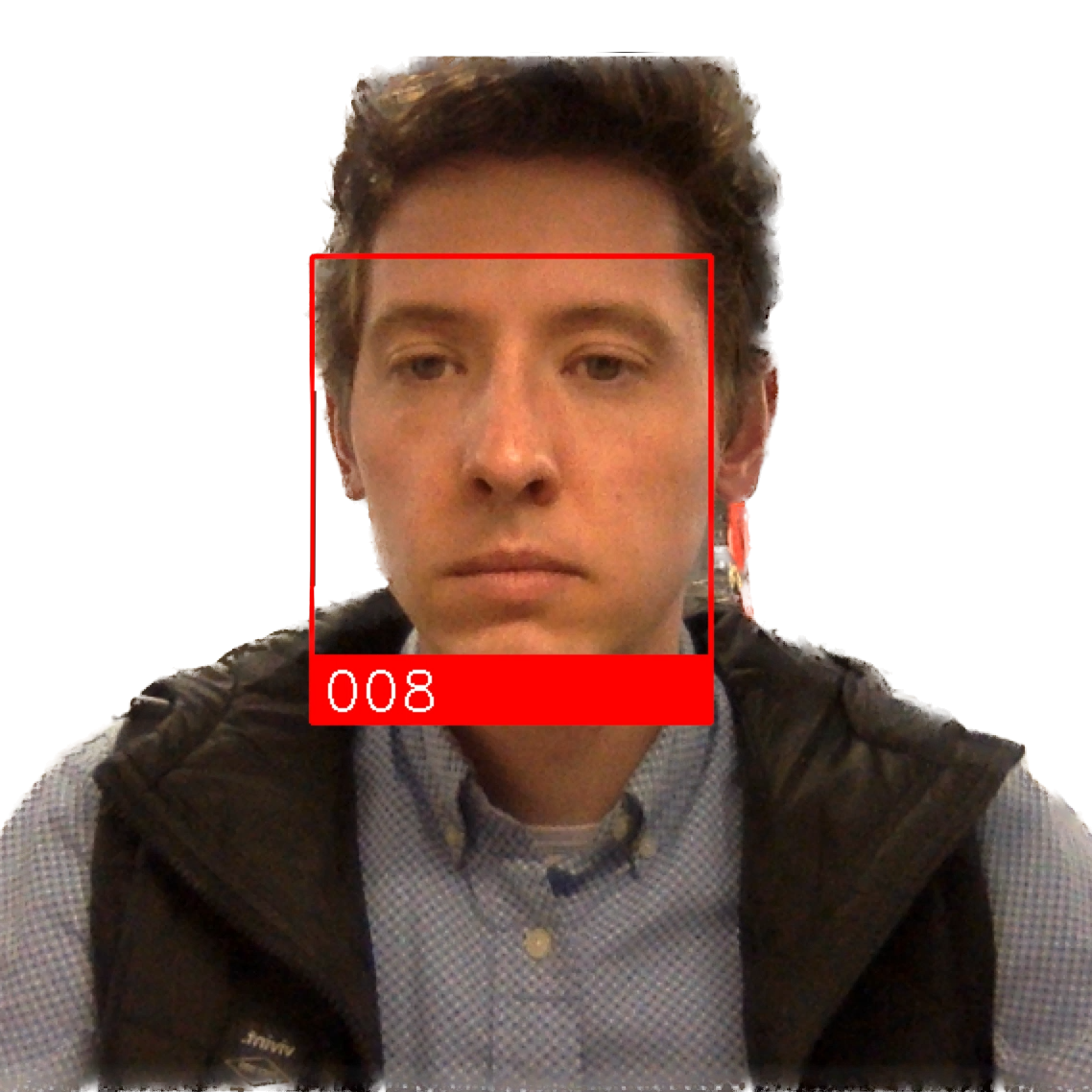Category: Software
-
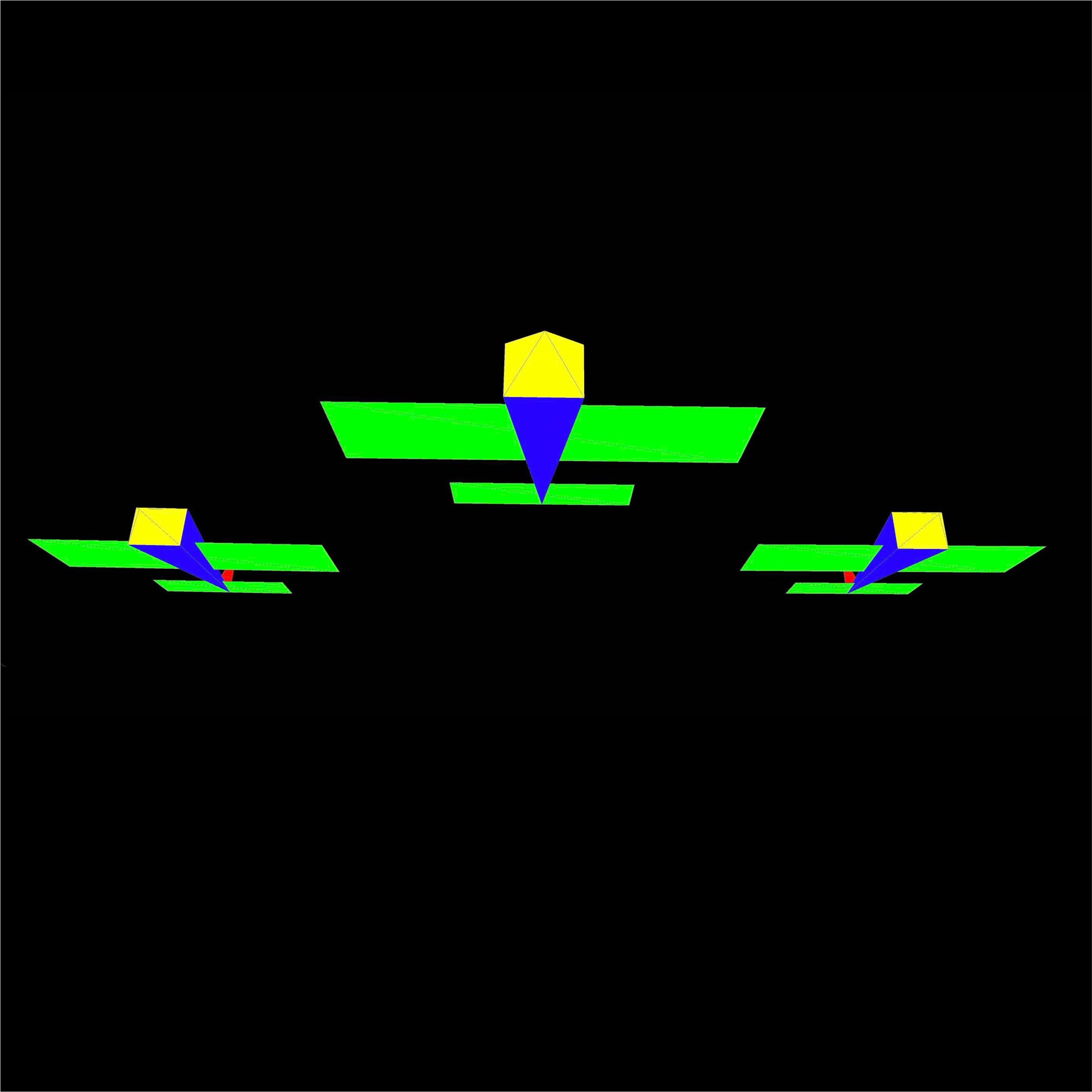
Autonomous Aircraft
in SoftwareThis project presents the comprehensive development of an autonomous miniature fixed-wing aircraft simulation system created in Python. Beginning with fundamental aircraft dynamics and kinematics modeling, the implementation progresses through linear system analysis, autopilot design, and sensor integration with state estimation. The system capabilities expand to include sophisticated path planning and following algorithms, ultimately culminating in…
-
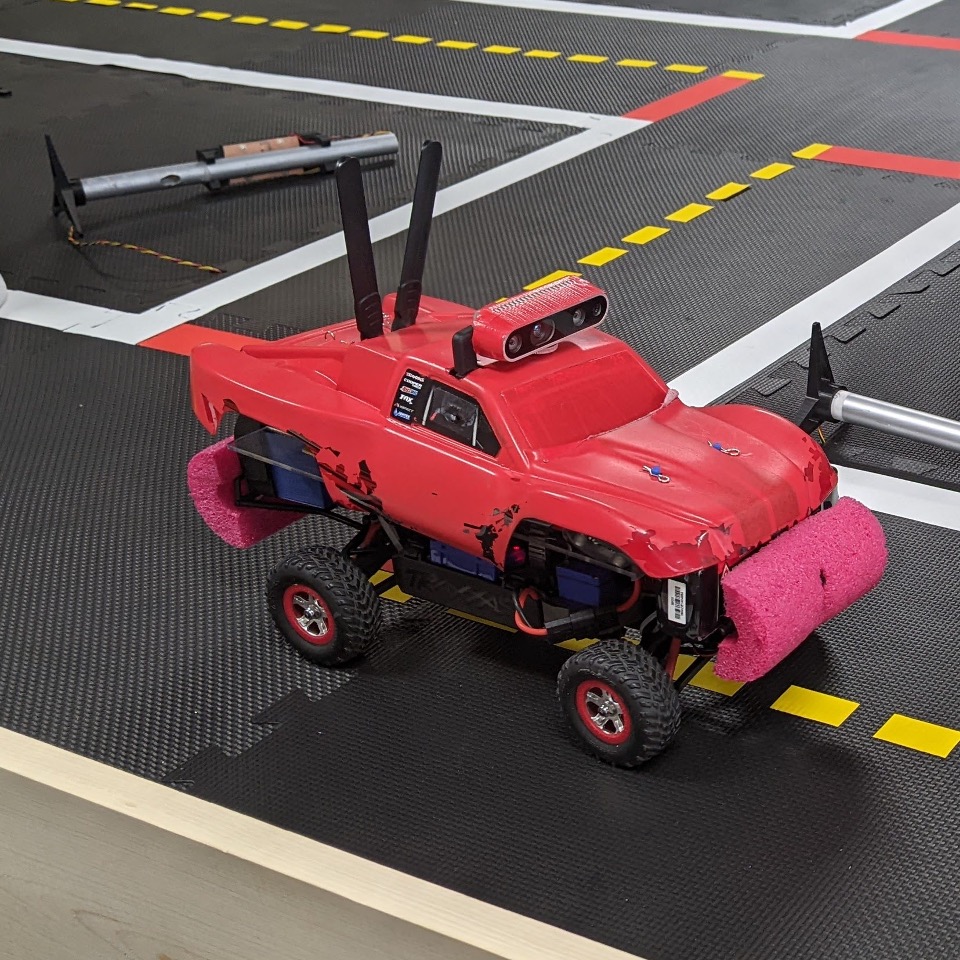
Self-Driving Car
As part of my robotic vision coursework, I coded an autonomous monster truck that could navigate indoor hallways at high speeds. Using an NVIDIA Jetson TX2 board and Intel RealSense camera, I implemented computer vision algorithms that allowed the vehicle to detect and stay within hallway boundaries, smoothly navigate corners, and race toward the finish…
-
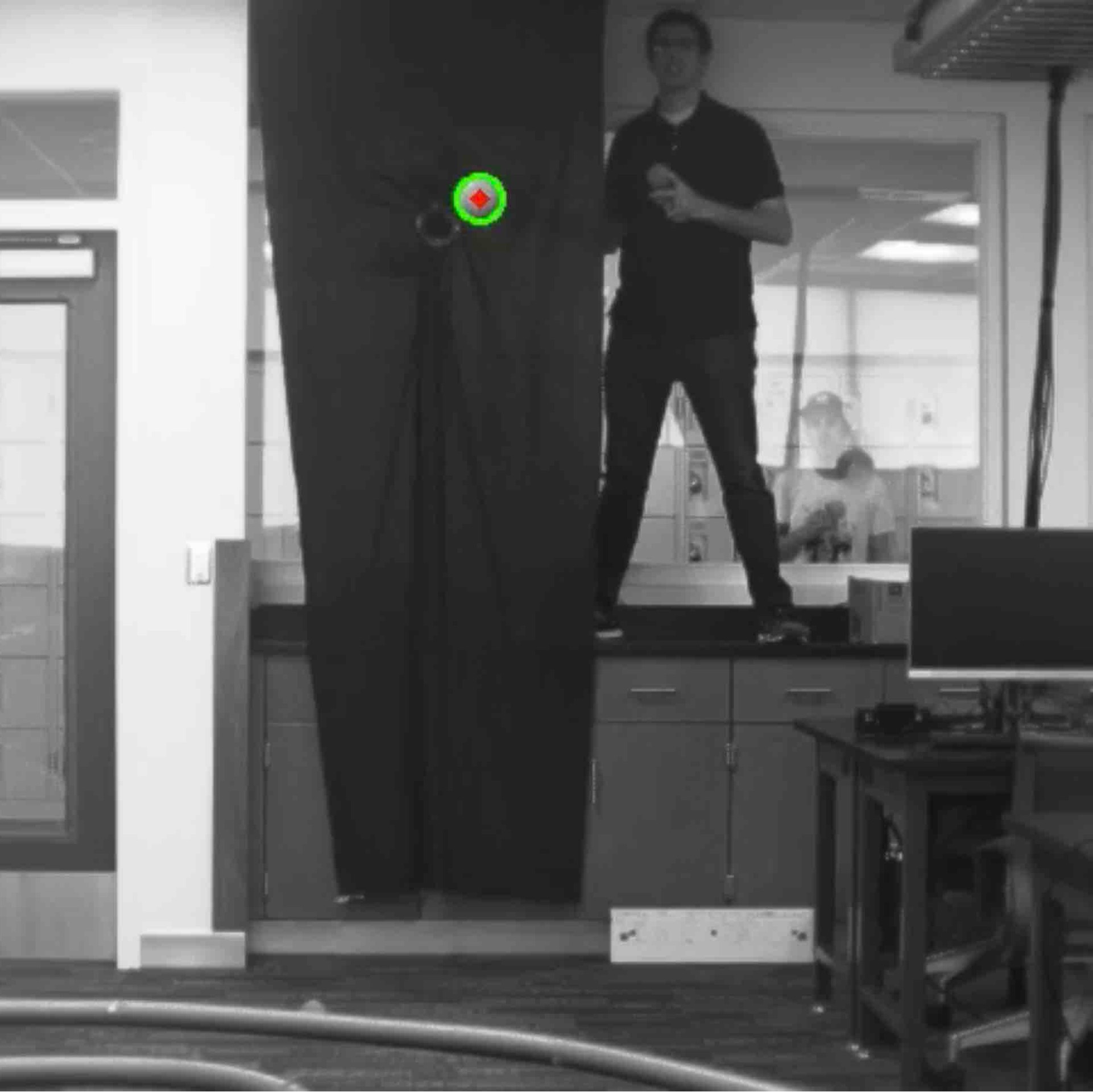
Automated Ball Catcher
In my Robotic Vision course, our team developed a high-speed vision system that could track and catch baseballs in real-time using stereo cameras. The system had to process stereo image pairs, calculate the ball’s 3D trajectory, and command a robotic catcher to intercept the ball – all within a fraction of a second. Technical Challenge…
-
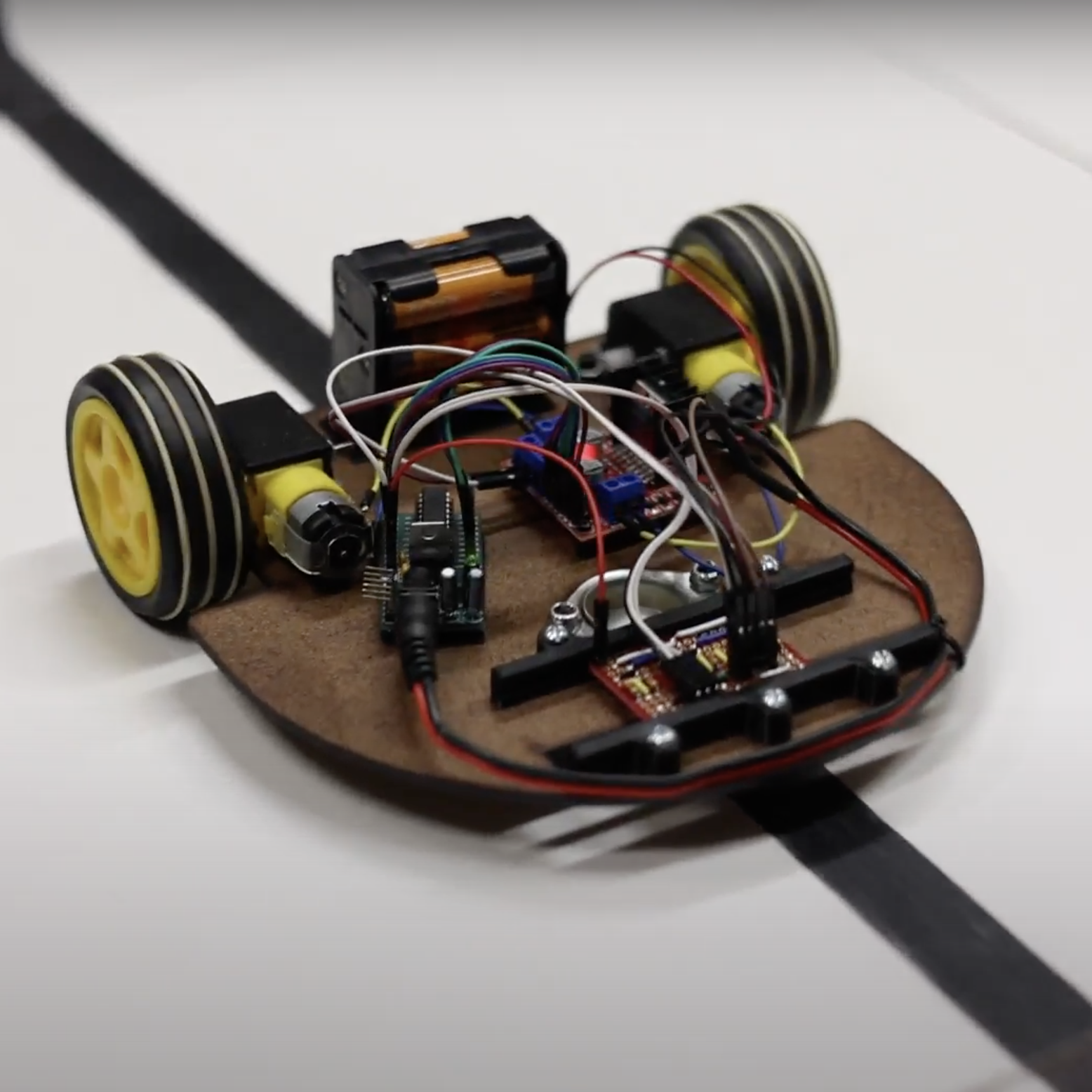
Line Following Robot
Developed as a solo project for a mechatronics course during the COVID-19 pandemic, this line-following robot represented a comprehensive engineering challenge. With traditional team-based project work disrupted by social distancing requirements, I was responsible for every aspect of the robot’s development—from initial concept and hardware design to software implementation and final testing. The project became…
-
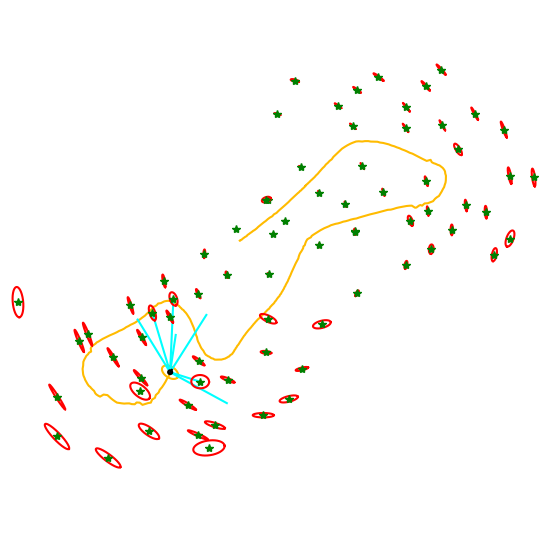
-
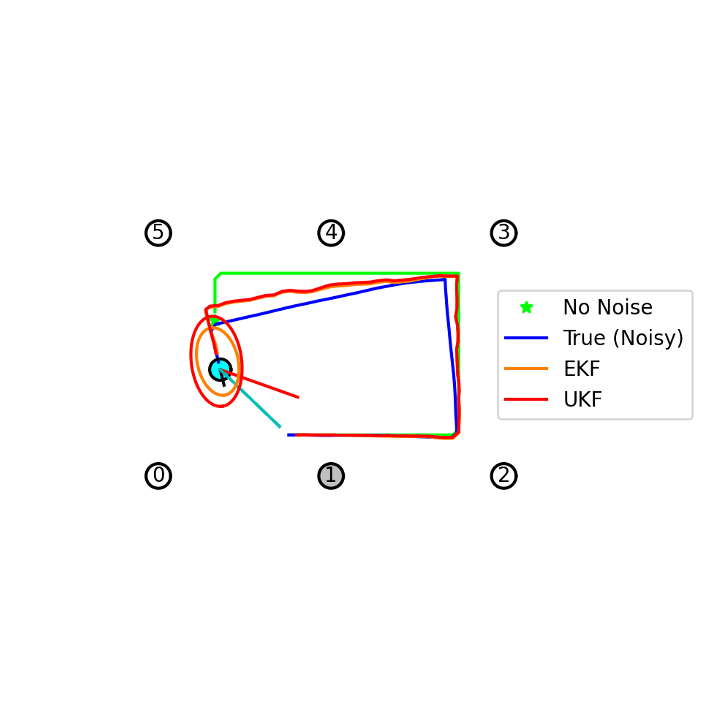
Kalman Filters
In this project, I implemented Extended Kalman Filter (EKF) and Unscented Kalman Filter (UKF) algorithms for landmark-based robot localization. The goal was to estimate the robot’s position and orientation using noisy bearing measurements from known landmarks and odometry data. I developed the EKF and UKF update functions, integrated them into a simulation environment, and analyzed…
-
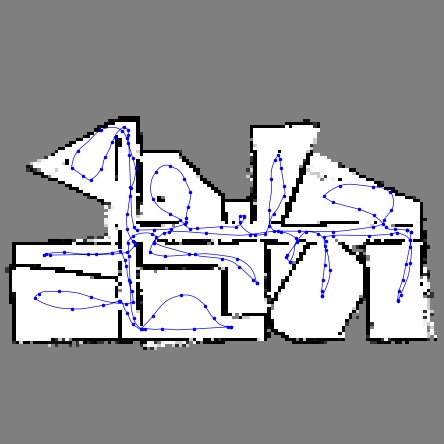
Occupancy Grid Mapping
In my Robotic Localization and Mapping course, I completed a lab focused on occupancy grid mapping. The goal was to implement an algorithm that could process simulated laser range measurements and generate an accurate map of a building. What is Occupancy Grid Mapping? Occupancy grid mapping is a probabilistic approach used in robotics to create a…
-
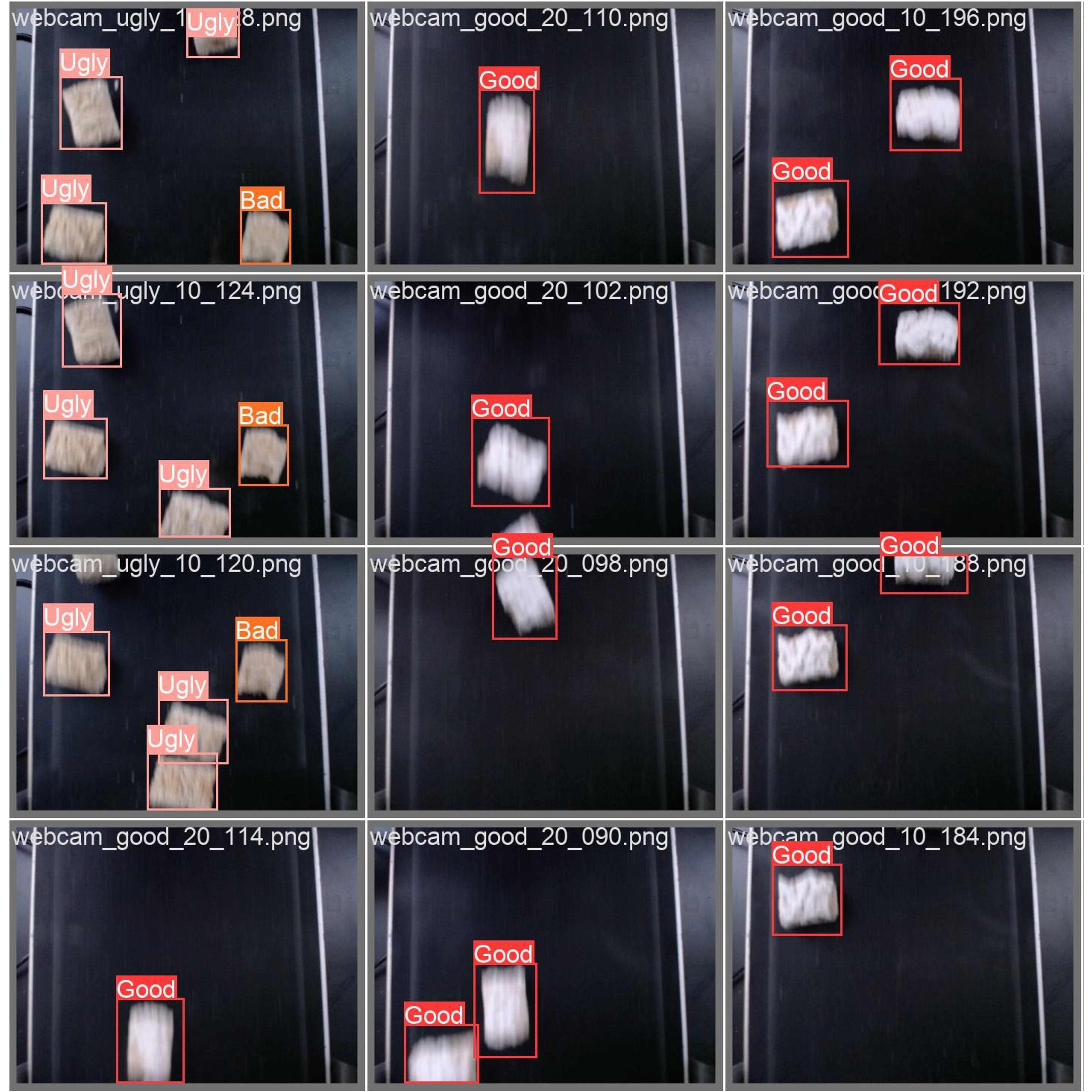
-
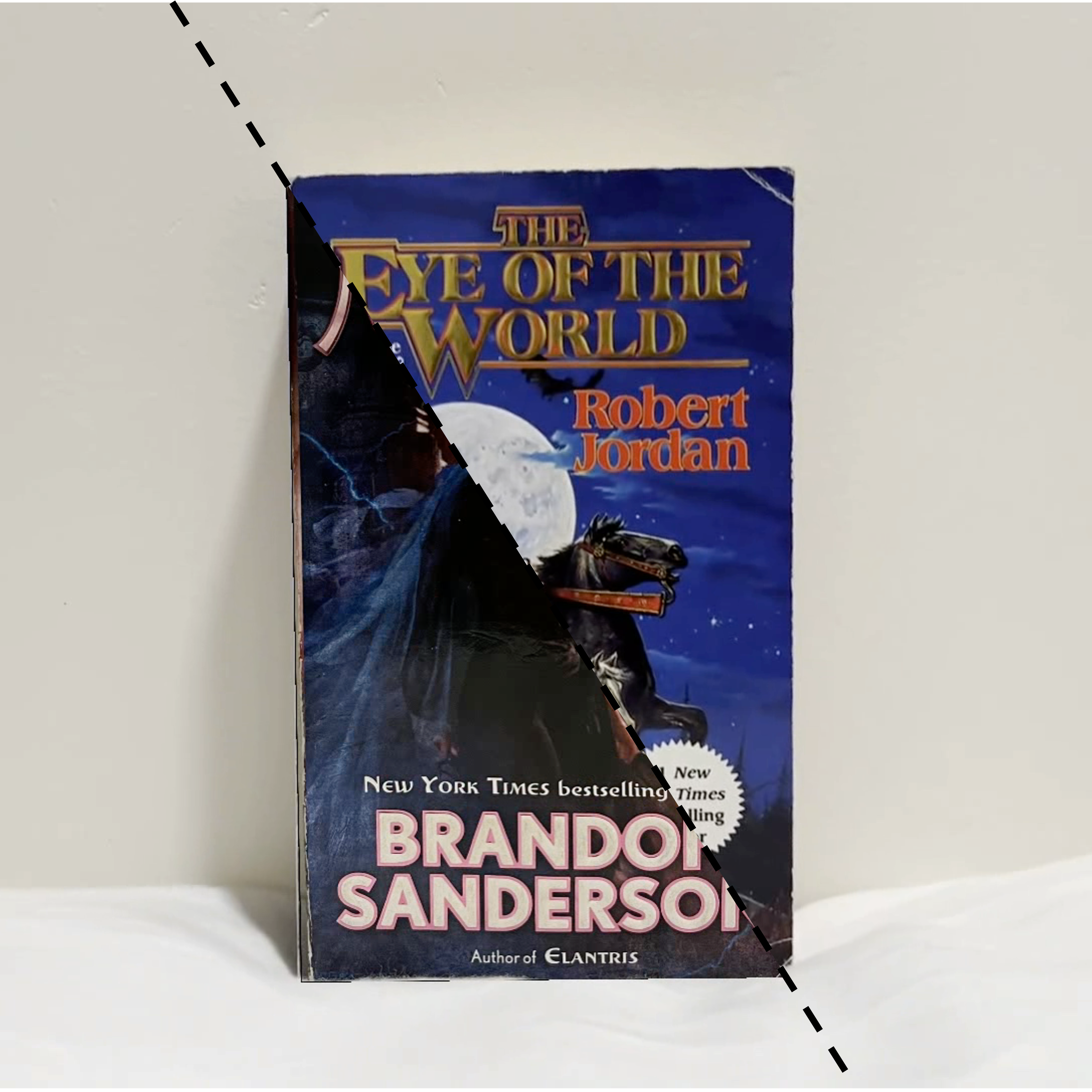
Homography
In this project, I implemented a homography algorithm to replace the cover of one book with another in real time. I used a pair of books with dynamic, feature-rich covers to improve feature tracking, and applied a median blur to reduce noise and irrelevant textures. The algorithm successfully handled large camera movements and rotations, ensuring…
-
